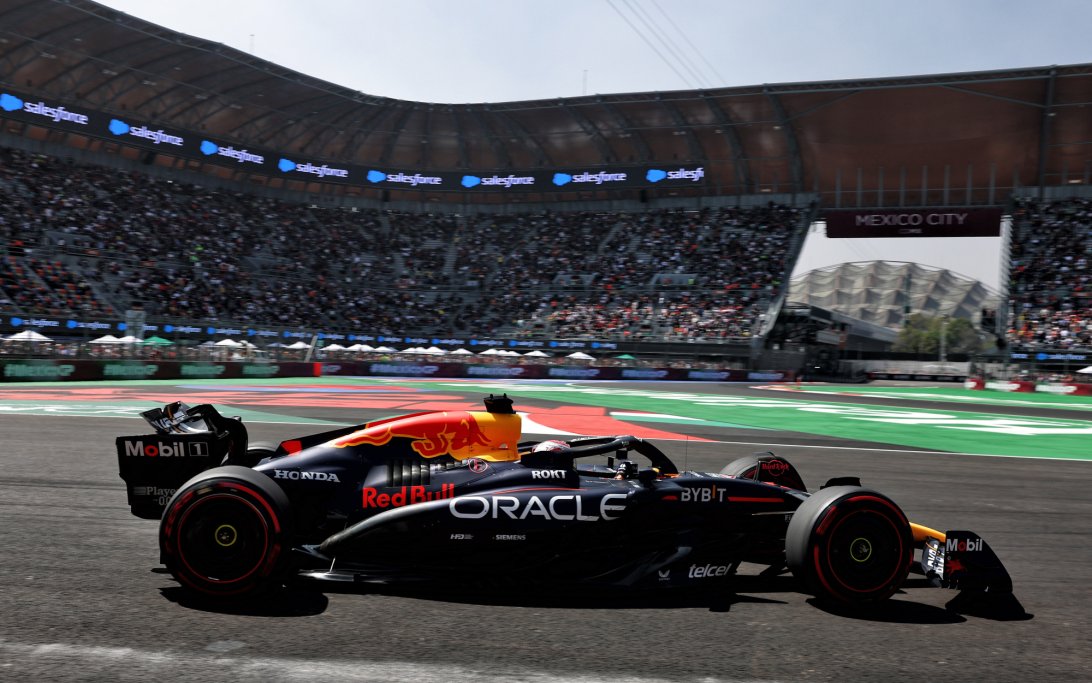The Mexico City Grand Prix is a high point on the F1 calendar with the Autodromo Hermanos Rodriguez sitting 2,200 metres above sea level.
The extreme altitude means the air in Mexico City is much thinner than at most other places F1 races in. The consequence of this is that there is less oxygen and air resistance when compared with other grand prix.
One challenge this presents is power unit cooling. To combat the issue, teams introduce one-off sidepod and engine-cooling solutions, characterised by the large vents seen on the cars.
The climate in Mexico City is not only unique to the F1 calendar. It also has localised weather versus the rest of the country.
Whilst there has been extreme hot weather in much of Central America over the past few days, the climate in the Mexico's capital has been considerably more moderate.
Despite bright sun scheduled, the temperate during the Mexico City Grand Prix is not expected to exceed 22°C. This is not unusual for the Autodromo Hermanos Rodriguez.
However, what is more unique is a relative lack of wind. In past races, gusts have played a large role, but its such associated impacts will be more subdued this year.
A moderate north wind is anticipated, which may pick up at points, affecting Turn 4 and the quick second sector, but it is not expected to be a significant factor.
Don't miss out on any of the Formula 1 action thanks to this handy 2026 F1 calendar that can be easily loaded into your smartphone or PC.
Download the calenderMost read
In this article










Join the conversation!